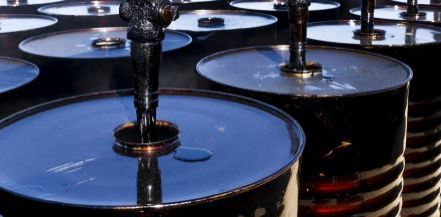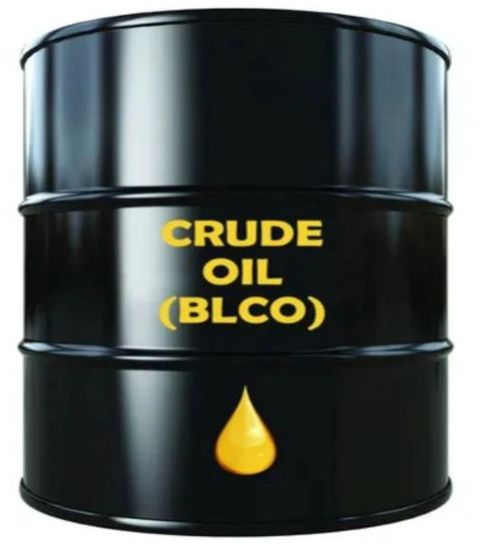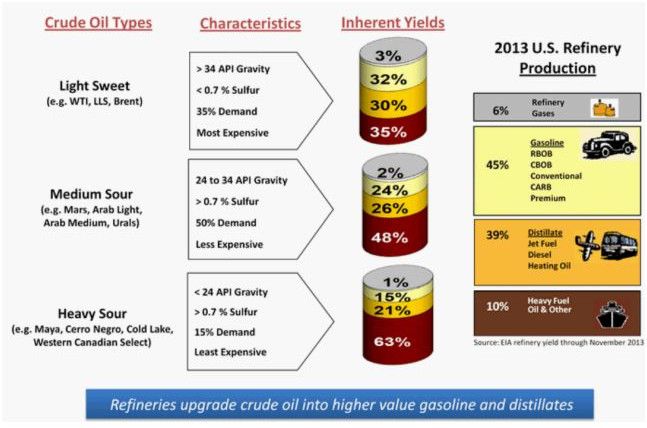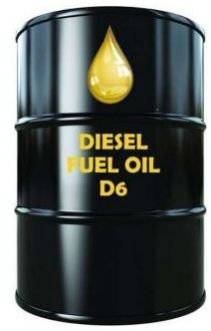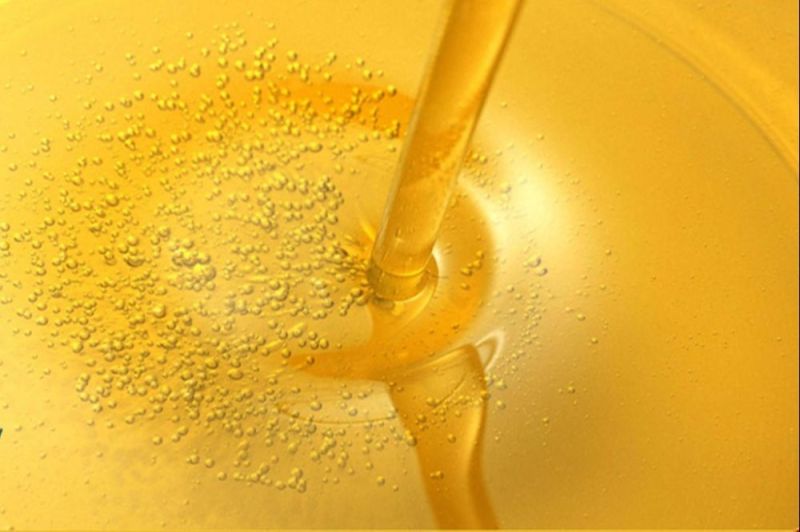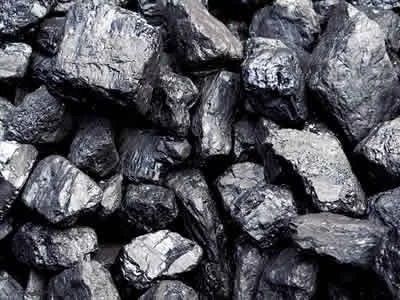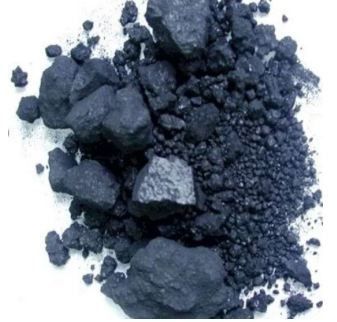Petrochemical & Energy Products
Leading Exporters, Trader and Importer of Bitumen Emulsion, Bonny Light Crude Oil, D6 Virgin Fuel Oil, EN590 Ultra Low Sulphur Diesel, Industrial Steam Coal, Jet Engine Fuel and pet coke from Dubai.
| Business Type | Exporter, Trader, Importer |
| Country of Origin | Middle East / Kazakhstan |
| Color | Black |
| Usage | Commonly Used In Road Construction And Waterproofing |
| Type | Construction Material |
| Material | Petroleum-based |
| Durability | Highly Durable |
| Flammability | Flammable |
Bitumen, also known as asphalt in some regions, is a black, sticky substance derived from crude oil, primarily used as a binder in road construction and waterproofing. It is a complex mixture of hydrocarbons, possessing strong adhesive and waterproofing properties. Bitumen can be found naturally or produced during petroleum refining.
Key characteristics and uses:
• Composition: Bitumen is a complex mixture of hydrocarbons, with small amounts of heteroatoms like nitrogen, oxygen, sulfur, and traces of metals.
• Origin: It can be found naturally in deposits or is produced during the distillation of crude oil.
• Appearance: Bitumen is typically a black or dark brown, viscous liquid or semi-solid material.
• Properties: Bitumen is known for its adhesive and waterproofing qualities, making it suitable for various construction and building applications.
• Applications:
◦Road construction: It serves as a binder in asphalt concrete, holding aggregate materials together and creating a durable road surface. ◦Waterproofing: Bitumen is used in roofing and other waterproofing applications to prevent water penetration.
◦Industrial applications: It 's also used in various industrial applications due to its adhesive and sealing properties.
• Other names: In some regions, bitumen is referred to as asphalt or tar, although, strictly speaking, tar is a byproduct of coal carbonization
Types of Bitumen Bitumen, also known as asphalt, comes in various types, each with specific properties and uses. The main types include penetration grade bitumen, cutback bitumen, bitumen emulsion, oxidized bitumen, and polymer-modified bitumen. These are categorized based on their hardness, viscosity, and softening point, which determine their suitability for different applications like road construction, waterproofing, and roofing
Here 's a more detailed breakdown:
1. Penetration Grade Bitumen:
• This is a common type, graded based on its hardness (penetration value).
• It 's widely used in road construction and is available in various grades like 30/40, 40/50, 60/70, etc., where the numbers indicate the penetration depth.
• Lower penetration grades (e.g., 30/40) are used in warmer climates, while higher grades (e.g., 80/100) are used in colder regions.
• Examples include bitumen 30/40, 60/70, 80/100, and 100/120. 2. Cutback Bitumen:
• This type is created by dissolving bitumen in a volatile solvent (like kerosene) to reduce its viscosity, making it easier to handle at lower temperatures.
• It 's used in road construction and maintenance, particularly in cold climates or for specific applications like prime coats and surface dressings.
• Examples include MC-30, MC-70, MC-250, and RC-70. 3. Bitumen Emulsion:
• Bitumen emulsion is a mixture of bitumen particles dispersed in water with the help of an emulsifying agent.
• It 's a liquid form of bitumen, making it easier to apply at lower temperatures compared to hot bitumen.
• It 's used in road construction, waterproofing, and other applications where a coldapplied bitumen product is needed.
4. Oxidized Bitumen:
• Also known as blown bitumen or oxidized asphalt, it 's produced by blowing air through penetration grade bitumen at high temperatures.
• This process alters its properties, making it harder and more resistant to temperature changes.
• It 's often used in roofing, waterproofing, and other industrial applications.
5. Polymer Modified Bitumen (PMB):
• PMB is created by adding polymers (like elastomers or plastomers) to bitumen to improve its properties.
• This can enhance its elasticity, durability, and resistance to cracking and rutting. • It 's used in high-performance road pavements and other applications where enhanced performance is required.
6. Viscosity Grade Bitumen:
• This type is categorized based on its viscosity, which indicates its fluidity.
• Higher viscosity grades are stiffer and are used for road construction and asphalt pavement production.
• It 's also used in hot mix asphalt for bases and wearing courses.
7. Natural Bitumen
• This refers to bitumen found naturally, such as in bitumen lakes or extracted from mines.
• It 's often more durable than bitumen obtained through refining.
• Examples include Gilsonite, a natural hydrocarbon with high asphaltene content. The choice of bitumen type depends on the specific application, environmental conditions, and desired performance characteristic
| Business Type | Exporter, Trader, Importer |
| Country of Origin | Middle East / Nigeria and other Non Sanctioned |
| Form | Liquid |
| Type | Crude Oil |
| Material | Petroleum |
| Color | Dark Brown To Black |
Crude oil, also known as petroleum, is a naturally occurring liquid found in underground reservoirs, composed primarily of hydrocarbons and other organic materials. It 's formed from the remains of ancient plants and animals subjected to heat and pressure over millions of years. Crude oil is refined to produce various petroleum products like gasoline, diesel, and jet fuel, among others.
Key characteristics of crude oil:
• Composition: A complex mixture of hydrocarbons, heteroatom compounds, and metals.
• Appearance: Typically black, brown, or amber liquid, but can also be yellowish, reddish, or greenish.
• Formation: Fossil fuel created from the remains of ancient marine organisms.
• Extraction: Extracted from underground reservoirs, often in association with natural gas and saline water.
• Refining: Undergoes refining processes to separate it into various petroleum products.
• Classification: Classified as "sweet" or "sour" based on sulfur content.
• API Gravity: Used to classify density, with higher values indicating lighter oil.
• Global Commodity: Traded in markets worldwide.
Uses of crude oil:
• Heating: Heating oils are derived from crude oil.
• Petrochemicals: Used as feedstock for the petrochemical industry to produce plastics, chemicals, and other materials.
• Other Products: Lubricants, asphalt, and various other products rely on crude oil.
In essence, crude oil is a vital raw material that fuels modern lifethrough its refined products, while also serving as a key component in the petrochemical industry.
Crude oil is classified primarily by its density (API gravity) and sulfur content. Light crude oil has a lower density and higher API gravity
making it easier and cheaper to refine into products like gasoline. Heavy crude oil has a higher density and lower API gravity, requiring more complex and costly refining. Additionally, crude oil can be categorized as sweet (low sulfur content) or sour (high sulfur content), with sweet crude generally being more desirable.
Here 's a more detailed breakdown:
1. Density (API Gravity): • Light Crude: API gravity of 34° or higher. Easier to refine, producing more gasoline and other high-value products.
• Medium Crude: API gravity between 31° and 33°.
• Heavy Crude: API gravity of 30° or lower. More difficult and costly to refine, yielding lowervalue products with simpler processing.
• Extra Heavy Crude: A subset of heavy crude, with even higher density and viscosity. 2. Sulfur Content:
• Sweet Crude: Typically contains less than 0.5% sulfur by weight. Considered less polluting and easier to refine.
• Sour Crude: Contains 1% or more sulfur by weight. Requires more processing to remove sulfur, which is a pollutant.
3. Other Classifications:
• Waxy Crude: Contains a high percentage of paraffin waxes, which can solidify at lower temperatures, affecting flow and handling.
• Bitumen: A very heavy, viscous form of crude oil, often requiring specialized extraction and processing techniques.
4. Examples:
• Light Sweet Crudes: Examples include West Texas Intermediate (WTI) and Brent Crude, often used as global benchmarks.
• Heavy Sour Crudes: Examples include some crudes from Venezuela and Canada 's oil sands. 5. Impact on Refining:
• Light sweet crudes are generally more desirable because they require less processing, leading to higher yields of valuable products and lower refining costs.
• Heavy sour crudes require more complex and expensive refining processes to remove sulfur and separate out valuable products.
Understanding these classifications is crucial for understanding the global oil market, as different types of crude oil have varying impacts on pricing, refining operations, and environmental concerns
| Business Type | Exporter, Trader, Importer |
| Country of Origin | Non Sanctiohed country |
| Type | Fuel Oils |
| Color | Pale Yellow |
| Application | Industrial |
| Material | Virgin |
| Sulfur Content | Low Sulfur Content |
| Density | High Density |
Virgin fuel oil, also known as D6 fuel oil or residual fuel oil, is a heavy, viscous fuel derived from the heaviest fractions of crude oil. It requires preheating before use due to its high viscosity and is primarily used in large-scale industrial applications like power plants and large ships. D6 is less refined than lighter fuels like diesel and is generally less expensive, but it produces higher emissions.
Key Characteristics:
• High Viscosity: D6 is a thick, viscous fuel that needs to be heated to reduce its viscosity for proper combustion.
• Heavy Fuel: It is derived from the residue left after lighter components are removed during crude oil refining.
• Large-Scale Applications: Primarily used in power plants, large ships (marine bunkers), and industrial heating systems.
• Lower Cost: Generally less expensive than lighter fuel oils like diesel.
• Higher Emissions: Produces more emissions compared to lighter fuels. Common Uses:
• Power Generation: Used in large power plants to generate electricity.
• Marine Bunkering: Used as fuel for large ships and other marine vessels.
• Industrial Heating: Employed in industrial processes requiring significant heat, such as refineries, cement manufacturing, and steel production.
• Boilers and Furnaces: Used in industrial boilers and furnaces for heat generation
| Business Type | Exporter, Trader, Importer |
| Application | Vehicle Fuel For Diesel Engines |
| Color | Clear To Pale Yellow |
| Type | Fuel |
| Country of Origin | Non Sanctioned-country of produce |
| Material | Petroleum-based |
| Storage | Store In A Cool, Dry Place |
EN590 is the European standard for automotive diesel fuel, often referred to as Ultra-Low Sulfur Diesel (ULSD) because of its low sulfur content. It specifies the physical and chemical properties that diesel fuel must meet to be used in vehicles within the European Union. The key characteristic is the low sulfur content, typically 10 parts per million (ppm) or less.
Here's a more detailed explanation:
• Standard: EN590 is the European Standard for automotive diesel fuel, ensuring it meets specific quality and performance requirements.
• Ultra-Low Sulfur Diesel (ULSD): EN590 fuel is also known as ULSD due to its very low sulfur content, which is essential for modern diesel engines and to meet environmental regulations
• European Union: EN590 is the standard for all automotive diesel fuel sold in the European Union.
• Low Sulfur Content: The most important aspect of EN590 is the low sulfur content, which helps reduce harmful emissions and is a requirement for newer diesel engines.
• Other Regions: While EN590 is primarily a European standard, it is also used in other regions that have adopted similar emission standards.
• Impact on Engines: The lower sulfur content in EN590 is crucial for the proper functioning of modern diesel engines and related emissions control systems
| Business Type | Exporter, Trader, Importer |
| Country of Origin | India,Indinasia |
| Type | Solid Fuel |
| Application | Steaming,Heating,Electricity Generation,Industrial Processes |
| Color | Black, Dark Black |
| Material | Carbon |
Dark black Coal from India, a solid fuel made of carbon, ideal for steaming applications. Packaged in loose form for convenient use.
| Business Type | Exporter, Trader, Importer |
| Color | Clear To Pale Yellow |
| Type | Liquid |
| Material | Petroleum-based |
| Country of Origin | Middle East / Kazakhstan or other non sanctioned country of origin |
| Usage | Fuel For Jet Engines |
| Shelf Life | Indefinite If Stored Properly |
Aviation jet fuel, also known as turbine fuel or Avtur, is a highly refined kerosene-based fuel used to power jet engines in aircraft. It is a specialized type of fuel with specific characteristics like a low freezing point and high flash point, making it suitable for use in highaltitude and cold operating conditions.
Here 's a more detailed description: Composition and Properties:
• Kerosene-based: Jet fuel is primarily composed of kerosene, a type of petroleumbased fuel.
• Refined: It undergoes a rigorous refining process to meet specific quality and performance standards for aviation use.
• Additives: Various additives are included to enhance fuel performance and safety, such as preventing icing, corrosion, and static electricity buildup.
• Low Freezing Point: A critical characteristic is its low freezing point (e.g., -47°C for Jet A-1), ensuring it remains liquid at high altitudes where temperatures can be extremely low.
• High Flash Point: Jet fuel has a high flash point, meaning it requires a high temperature to ignite, enhancing safety.
Common Types:
• Jet A and Jet A-1: These are the most common types of jet fuel used in commercial aviation worldwide. Jet A-1 is favored for its lower freezing point.
• Jet B: This is a wider cut fuel, used in colder climates due to its even lower freezing point. Key Characteristics:
• Combustion: Jet fuel is designed for efficient combustion in gas-turbine engines, which are used in jet and turboprop aircraft.
• Specific Gravity: It has a specific gravity that is suitable for its intended use in aircraft.
• Safety: Jet fuel is rigorously tested and controlled to ensure it meets strict safety standards for aviation.
In essence, jet fuel is a carefully engineered and highly specialized fuel that enables the safe and efficient operation of aircraft around the globe.
| Business Type | Exporter, Trader, Importer |
| Type | Petroleum Coke |
| Moisture | 2.25% |
| Hard coke | Dark |
| Fixed Carbon (%) | 40% |
| Chemical Composition | Calcined Petroleum Coke |
| Pet Coke | <3.5% sulphur |
| Calcined Petroleum Coke | Calcined Petroleum Coke |
| Shape | Carbon particle |
| Aesh Content | 2 - 3% |
| Volatile Matter | 8 TO 10% Minimum |
| Carbon | 86% Minimum |
| Sulphur | 1%- 1.5% |
| Country of Produce | Kazakhstan/ non sanctioned |
Petroleum coke (petcoke) is a carbon-rich solid material derived from crude oil refining, similar to coal but with notable differences. It 's primarily composed of carbon (90-97%) and also contains smaller amounts of hydrogen, nitrogen, chlorine, sulfur, and other elements. While it shares similarities with coal as a fuel and feedstock, petcoke generally has a higher carbon and sulfur content.
Key characteristics of petcoke:
• Composition: Primarily carbon, with varying amounts of hydrogen, sulfur, and other elements.
• Production: A byproduct of crude oil refining, specifically from processes like coking or cracking.
• Forms: Can be fuel-grade (higher sulfur and metals) or calcined (lower sulfur, used in anodes for aluminum and steel).
• Uses: Fuel at power plants, in cement production, and as a feedstock in the aluminum and steel industries.
• Environmental Considerations: Higher carbon content can lead to increased CO2 emissions compared to coal when burned. Comparison with coal:
• Origin: Coal is a mined sedimentary rock, while petcoke is a refinery byproduct.
• Composition: Petcoke generally has a higher carbon content than many types of coal.
• Sulfur content: Petcoke can have a higher sulfur content than some coals, which can be problematic from an environmental perspective.
• Uses: While both are used as fuel, petcoke finds additional applications in metal production.

